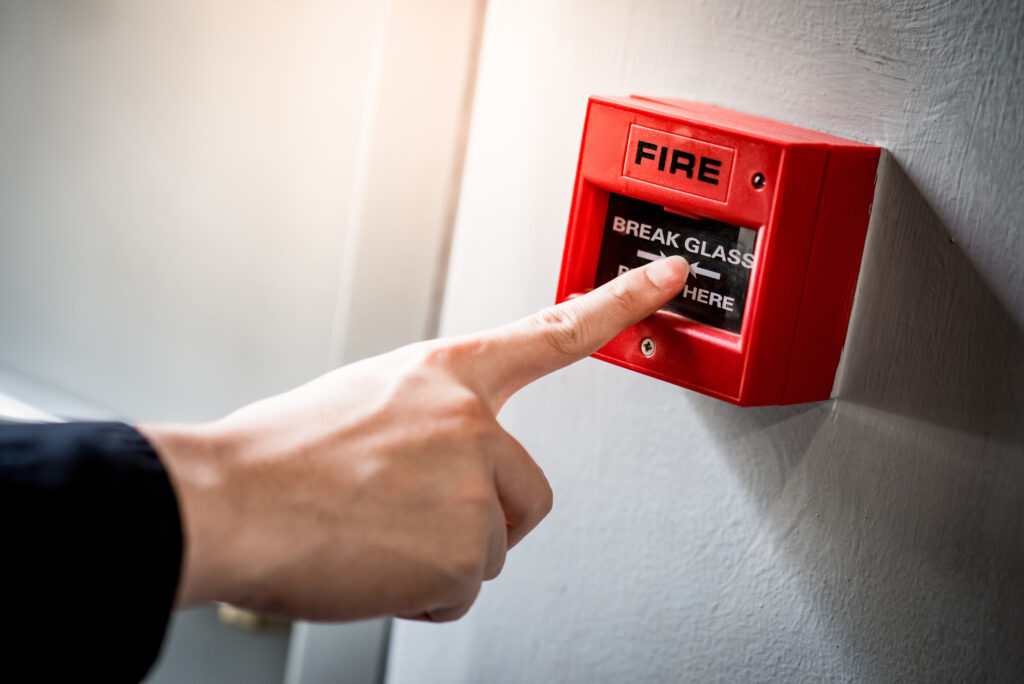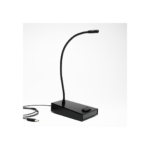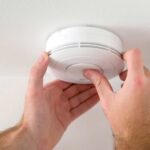A fire alarm system Installation is a crucial safety mechanism that acts as a guardian angel in the event of a fire, smoke or carbon monoxide buildup. By sounding a warning and activating emergency lights, it provides an early alert to occupants of the building, giving them time to respond and evacuate. The system sends a signal to its central control panel when it detects a fire, triggering audible alarms and visual cues. This sense of preparedness and security allows occupants to work and relax with peace of mind, knowing that a vigilant and reliable system protects them.
This blog has discussed the benefits and main components of fire alarm systems.
Benefits of Fire Alarm System Installation
Early Detection:
Fire alarm systems can detect a fire early before it becomes too large and out of control. This early detection can provide time for occupants to evacuate the building and for firefighters to arrive and extinguish the fire before it causes significant damage.
Life Safety:
Fire alarm systems are designed to protect occupants of a building from harm in the event of a fire. By alerting them to the presence of a fire, occupants can quickly evacuate the building and avoid injury or death.
Property Protection:
In addition to protecting people, fire alarm systems can also help protect property. By detecting and alerting to a fire early, the system can give firefighters a head start in extinguishing the fire and minimising damage to the building and its contents.
Lower Insurance Premiums:
Installing a fire alarm system can help lower insurance premiums for a building. Insurance companies often offer discounts for buildings with fire alarm systems because they are less likely to suffer significant fire damage.
Code Compliance:
Fire alarm systems are often required by building codes and regulations. By installing a fire alarm system, building owners can ensure they are in compliance with these codes and avoid potential penalties or fines.

Main Components of fire alarm systems
A fire alarm system typically consists of several components that work together to detect fire in the building and alert its occupants. The main components of a fire alarm system are:
Control Panel:
The control panel is the central component of the fire alarm system. It receives signals from various sensors and devices and processes the information to determine whether a fire is present. It then triggers the alarms and may activate sprinkler or suppression systems. Modern control panels often include advanced features like voice evacuation systems, graphics displays, and remote monitoring capabilities.
Smoke Detectors:
Smoke detectors detect the presence of smoke, which is one of the earliest signs of a fire. There are two main types, i.e. ionisation and photoelectric. Ionisation smoke detectors are better at detecting small, flaming fires, while photoelectric smoke detectors are better at detecting larger, smouldering fires.
Heat Detectors:
Heat detectors are designed to detect the increase in temperature that occurs when a fire is present. There are two types of heat detectors, i.e. fixed temperature and rate-of-rise. Fixed temperature heat detectors activate when a certain temperature threshold is reached, while rate-of-rise heat detectors activate when the temperature increases rapidly over a short period of time.
Sprinklers:
Sprinkler systems are fire suppression systems that use water to extinguish fires. They activate automatically when the heat from a fire causes a sprinkler head to release water. Sprinkler systems are an effective way to quickly contain and extinguish fires before they can spread.
Pull Stations:
Pull stations are manual devices that can be used to activate the fire alarm system in case of a fire. They are typically located near exits or in other conspicuous locations and can be activated by pulling a handle or pressing a button.
Alarm Notification Appliances:
Alarm notification appliances are devices that produce a loud and distinctive signal to alert occupants of the building that a fire has been detected. They can include horns, strobe lights, sirens, and speakers. Some advanced systems may also include voice evacuation systems that provide spoken instructions to occupants.
Monitoring Service:
Some fire alarm systems are connected to a monitoring service that alerts emergency services automatically in case of a fire. The monitoring service may also be able to provide remote access to the fire alarm system, allowing it to be tested and maintained more easily.
Design Parameters for Fire Alarm Installation
We have also explained design parameters for domestic and commercial fire alarm installation. When designing a fire alarm system, there are several important considerations to take into account. Some key design considerations for fire alarm systems include:
- Building Size and Layout: The size and layout of the building will impact the design of the fire alarm system. Larger buildings may require multiple control panels and more sensors to ensure complete coverage.
- Building Use: The type of building and its use will also impact the design of the fire alarm system. For example, a hospital may require more sophisticated fire alarm systems than a retail store.
- Occupancy Load: The number of people occupying the building will impact the design of the fire alarm system. Higher occupancy loads may require more sensors and alarm notification appliances to ensure that everyone is alerted in the event of a fire.
- Environmental Factors: Environmental factors, such as humidity, temperature, and the presence of dust or other contaminants, can impact the performance of the fire alarm system. The system design should take into account these factors and use appropriate sensors and equipment.
- Local Codes and Standards: The design of the fire alarm system must comply with local building codes and industry standards. These codes and standards may dictate the types of sensors and equipment that can be used, the placement of sensors and alarms, and other design elements.
- Maintenance and Testing: The fire alarm system must be designed with maintenance and testing in mind. The system must be easy to maintain and test to ensure it is functioning properly and meets local codes and standards.










